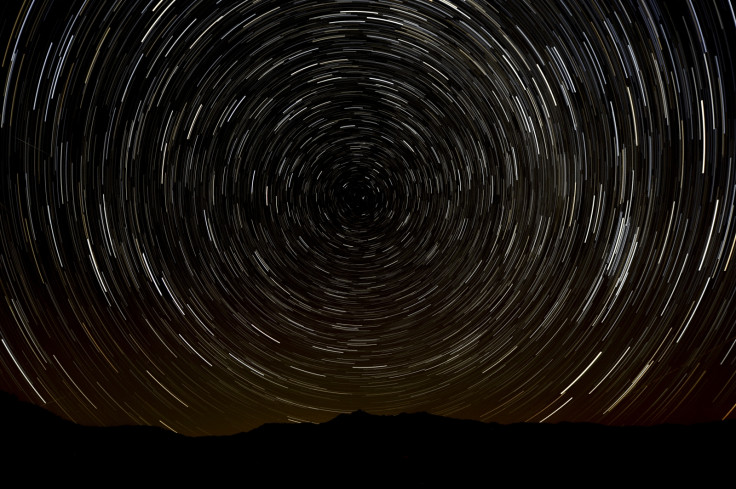Perseid meteor shower 2017: When, where and how to watch the 'brightest' shooting stars in UK
Nasa says that meteor shower will peak between 11-13 August.

August is going to be an exciting month for stargazers. The upcoming Total Solar Eclipse and the Perseid meteor shower are set to occur this month. According to reports, the Perseid meteor shower, which occurs every year, is slated to be the "brightest shower in recorded history" as the comets may reach closer to Earth than ever before.
Perseid meteor showers occur each year when the Earth comes in contact with space debris, left behind by an ancient comet. According to Nasa, this year, the meteor shower is slated to peak between 11-13 August, making this weekend the perfect time to watch the night sky lit up by shower. The shower can also be viewed with the naked eye, so even those without a telescope can see the night sky light up by the comets.
The ideal way to watch the shower, according to Nasa, is to "go outside between midnight and dawn" on August 12. The space agency recommends that you "allow about 45 minutes for your eyes to adjust to the dark," then just relax, "lie on your back and look straight up."
There also might be some "increased activity" on 13 August, which means if you miss catching the shower once, you may be able to spot it the next night. It is best to avoid pollution when planning to witness such an astronomical event, so a countryside sky may offer a better view.
Unfortunately, there have been some reports of bright moonlight predicted for the weekend, which could hinder view of the shower. According to the International Meteor Organization (IMO), a bright moon can obstruct the shower and this year, the moon will have waned to around 80% illumination by 12 August.
"This is not much better than a full moon and will certainly pose a challenge in viewing the Perseids this year. To alleviate this problem one could try to view the display before the moon rises, which would be approximately 23:00 local summer time on the evening of the 11th," the IMO said. "Unfortunately at that time the Perseid radiant, the area of the sky that Perseid meteors appear to shoot from, is located low in the northern sky and the number of meteors seen is the lowest. However, these meteors tend to be very long and long-lasting so it is definitely worth trying to see some of them."
Fortunately, Nasa will also be making a live broadcast of the meteor shower available. Click here to watch the Perseid meteor shower live online.

What are the Perseid?
The Perseid meteors pose no threat to Earth. The comets travel at extreme speeds of around 132,000 miles per hour (59 kilometers per second), which is around 500 times faster than the world's fastest car is capable of travelling.
"Every Perseid meteor is a tiny piece of the comet Swift-Tuttle, which orbits the sun every 133 years. Each swing through the inner solar system can leave trillions of small particles in its wake. When Earth crosses paths with Swift-Tuttle's debris, specks of comet-stuff hit Earth's atmosphere and disintegrate in flashes of light. These meteors are called Perseids because they seem to fly out of the constellation Perseus," Nasa said in a statement.
© Copyright IBTimes 2025. All rights reserved.






















